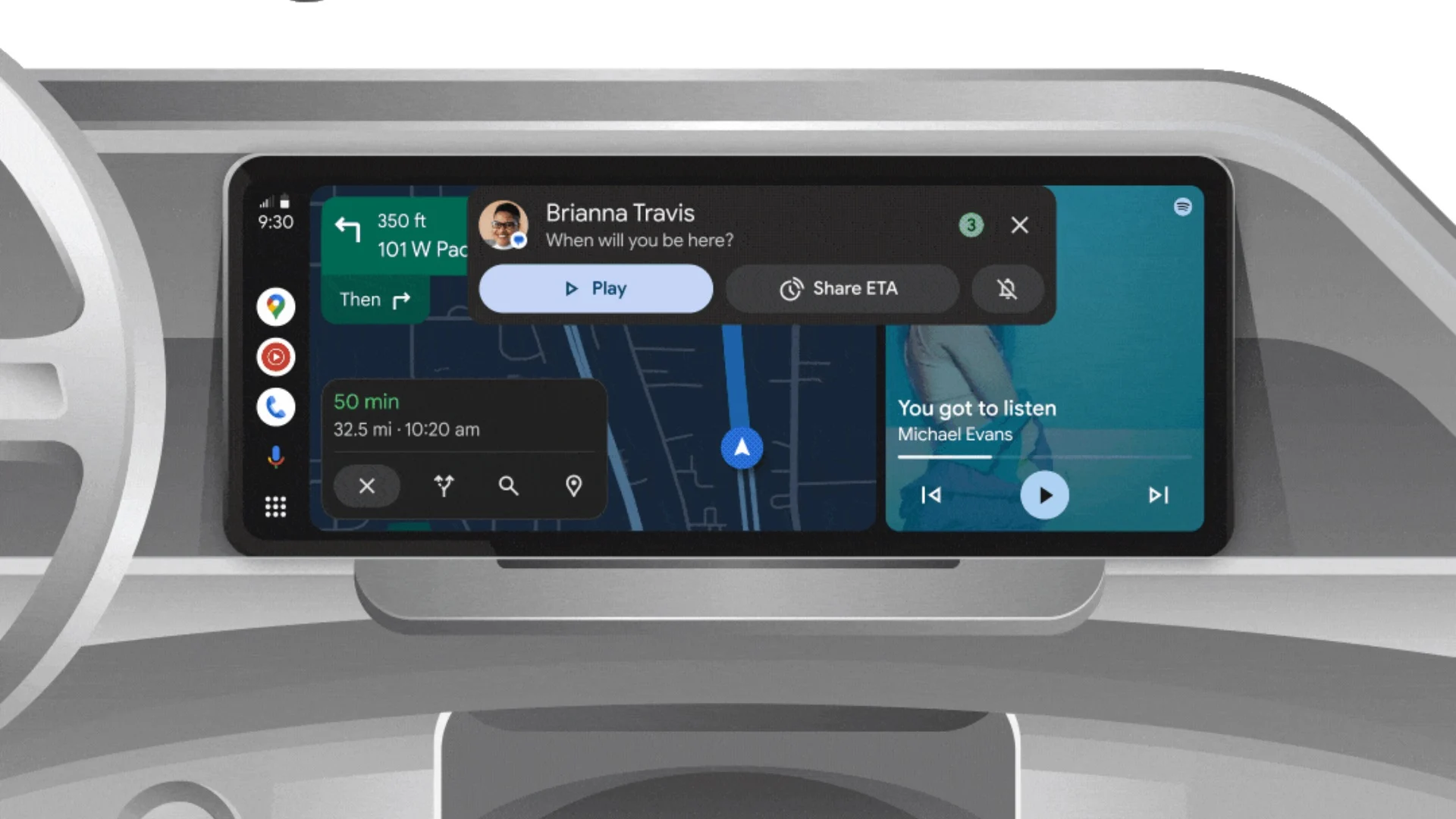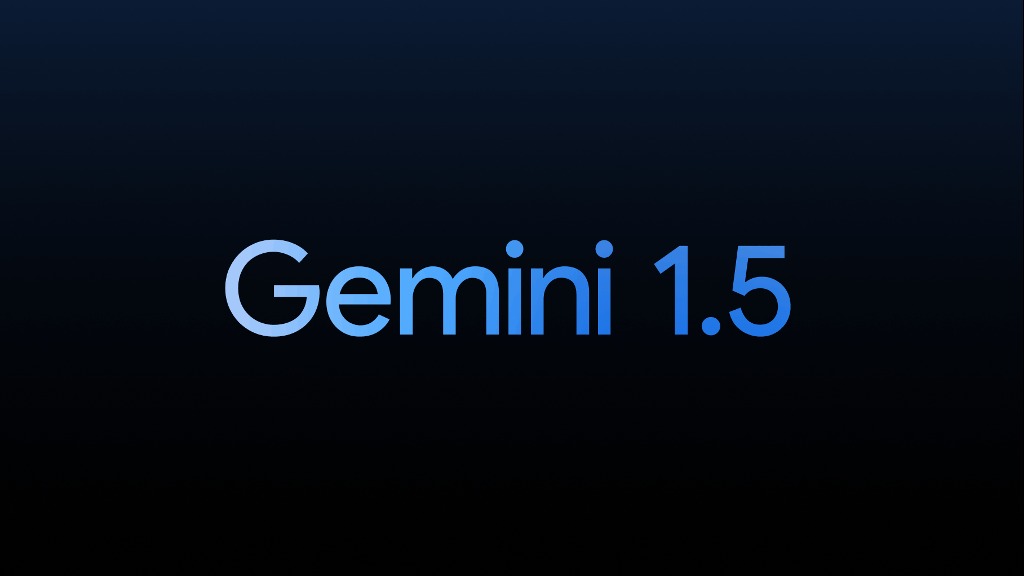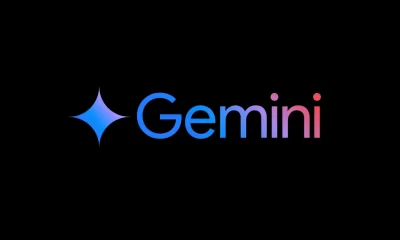Google’s Pixel 9 Series Unveiled: AI-powered innovations and enhanced hardware
Top 3 Key Points:
- AI-Powered Pixel 9 Launches: The Pixel 9 series integrates advanced AI features and a powerful Tensor G4 chip, starting at $799.
- Pixel 9 Pro Fold Debut: The upgraded Pixel 9 Pro Fold offers major display and hardware improvements, launching at $1,799 in September.
- Pixel Watch 3 Introduction: The Pixel Watch 3, available in 41mm and 45mm, brings enhanced fitness tracking and new software features.
Google Unveils Pixel 9 with Advanced AI Features at $799
Google has launched its latest flagship smartphone, the Pixel 9, which starts at $799. The Pixel 9 is packed with Google’s cutting-edge AI technology, making it a powerful device for its price. The phone features the new Tensor G4 chip, 12GB of RAM, and advanced camera capabilities like “Add Me” and Gemini Advanced, all designed to deliver a top-notch user experience.
The Pixel 9 sports a 6.3-inch Actua OLED display protected by Gorilla Glass Victus 2. The device is designed to be durable, with the same tough glass on both the front and back. The camera setup includes a 50MP main sensor and a 48MP ultrawide lens, offering 8x optical zoom and enhanced macro capabilities. The Pixel 9 also introduces new photo-editing features, including Magic Editor, and the innovative “Add Me” feature, which allows users to combine two photos into one.
One of the standout features is the inclusion of Satellite SOS, which ensures that users can send emergency signals even in areas without cellular or Wi-Fi coverage. This service is free for the first two years and is currently available only in the U.S.
Pixel 9 Pro Fold: Launching in September with Major Hardware Upgrades
Google is set to release the Pixel 9 Pro Fold in September, priced at $1,799. This foldable device brings significant hardware improvements, including a larger 8-inch Super Actua Flex display with a peak brightness of 2,700 nits. The outer display matches the 6.3-inch screen of the standard Pixel 9, offering a seamless experience.
The Pixel 9 Pro Fold is the thinnest foldable available in the U.S., measuring just 10.5mm when folded and weighing 257g. It features the same Tensor G4 chip as the Pixel 9, along with 16GB of RAM and up to 512GB of storage. The foldable also includes the Satellite SOS feature and a suite of AI tools like Gemini Live, which enhances voice assistant capabilities.
The camera system on the Pixel 9 Pro Fold is slightly different from its predecessor, featuring a 48MP main sensor, a 10.5MP ultrawide lens, and a 5x telephoto camera. New features like “Made You Look,” which uses the outer display to capture attention during photos, and Video Boost for enhanced video quality, are also included.
Pixel Watch 3: Enhanced Fitness and New Software
Google’s Pixel Watch 3, available in 41mm and 45mm sizes, is set to launch alongside the Pixel 9 series. The new smartwatch retains its sleek design but introduces several software and hardware upgrades. The bezels are slimmer, providing up to 40% more screen space on the 45mm model, and the display is brighter, reaching up to 2,000 nits.
The Pixel Watch 3 is powered by the Qualcomm SW5100 chip, with 2GB of RAM and 32GB of storage. It features improved battery life, with up to 24 hours on the always-on display mode, and up to 36 hours with Battery Saver Mode. New health features include advanced running capabilities, real-time heart rate tracking, and detailed workout analysis.
The Pixel Watch 3 also introduces Ultra Wideband (UWB) for enhanced connectivity and new software tools like the Pixel Recorder app and expanded Google Home integration. The watch is priced at $349 for the 41mm Wi-Fi model and $399 for the 45mm variant, with pre-orders available now.
Google Meet gets a fresh new look with Material 3 design

Google Meet is getting a big update to its look, thanks to the new Material 3 design. This change brings a cleaner and more modern style to the video calling app, making it easier and more enjoyable to use.
With Material 3, Google Meet now has rounder buttons, softer colors, and better spacing between elements. The main controls, like the microphone, camera, and end call buttons, are now larger and easier to tap. The icons and text are also clearer, which helps users find what they need quickly during a call.
Another improvement is the new “expressive” color system. This feature lets the app’s colors match your device’s wallpaper or theme, giving each user a unique and personalized experience. The changes also make Google Meet more accessible, as the new design is easier to read and use for everyone, including people with vision difficulties.
These updates are rolling out to both web and mobile versions of Google Meet. Google says the new look will help people feel more comfortable and focused during their meetings. Overall, the Material 3 update makes Google Meet not only look better but also work better for all its users.
Android
Easy ways to change Android Auto’s look with light and dark themes

Android Auto is a helpful tool that lets you use your phone’s apps safely while driving. It connects your phone to your car’s screen, making it easier to use maps, music, and calls. One of the features many people like is the ability to change how Android Auto looks by switching between light and dark themes.
How to switch between light and dark themes
Android Auto offers two main themes: light and dark. The light theme uses brighter colors, which can make the screen easier to see during the day. The dark theme uses darker colors, which can be more comfortable for your eyes at night or in low light.
To change the theme, follow these steps:
- Open the Android Auto app on your phone.
- Go to the settings menu.
- Find the “Theme” option.
- Choose between “Light,” “Dark,” or “Set by car” (this lets your car decide the theme based on the time of day or your car’s settings).
Why themes matter
Using the right theme can make driving safer and more comfortable. The light theme is good for bright days, while the dark theme helps reduce glare at night. Having these options means you can pick what works best for you, making Android Auto easier to use in any condition.
In short, Android Auto’s theme options are simple to use and help you drive more safely by making the screen easy to see, no matter the time of day.
Google Drive and Files by Google get fresh updates for easier use

Google is rolling out some helpful updates to two of its popular apps: Google Drive and Files by Google. These changes are designed to make managing your files and watching videos much smoother.
First, Google Drive is getting a new video player. Now, when you upload a video to Drive and open it, you’ll notice a fresh look that matches Google’s latest design style. The controls, like play and pause, are easier to use and look cleaner. This update makes it simpler to watch videos directly in Drive without needing to download them first.
Meanwhile, the Files by Google app is also getting a makeover. The app is adopting Google’s Material 3 design, which means it looks brighter and more modern. The buttons and menus are easier to see and use, making it simpler to find, move, and organize your files. There are also new color options and improved icons, so everything feels more user-friendly.
Both updates show Google’s commitment to making its apps more helpful and enjoyable to use. Whether you’re watching videos in Drive or sorting files on your phone, these changes aim to save you time and make things less complicated. If you use these apps, keep an eye out for these new features—they should arrive soon!
-

 Apps1 year ago
Apps1 year agoGboard Proofread feature will support selected text
-

 News1 year ago
News1 year agoSamsung USA crafting One UI 6.1.1
-

 Apps1 year ago
Apps1 year agoGoogle Contacts app testing new Besties Widget
-

 AI12 months ago
AI12 months agoGoogle Pixel 9 Pro may come with a complimentary one-year Gemini Advanced subscription
-

 Apps12 months ago
Apps12 months agoGoogle working on a new video editing feature for its Photo app
-

 Apps12 months ago
Apps12 months agoGoogle Maps lets you report traffic jams and accidents on Apple CarPlay, but not on Android Auto
-

 Apps1 year ago
Apps1 year agoGoogle Messages app will transform MMS chats into RCS
-

 News1 year ago
News1 year agoBreaking: Samsung Galaxy S22 may get Galaxy AI features










